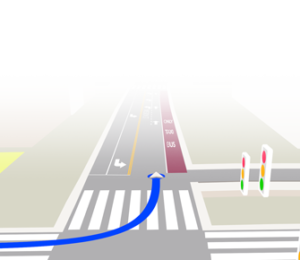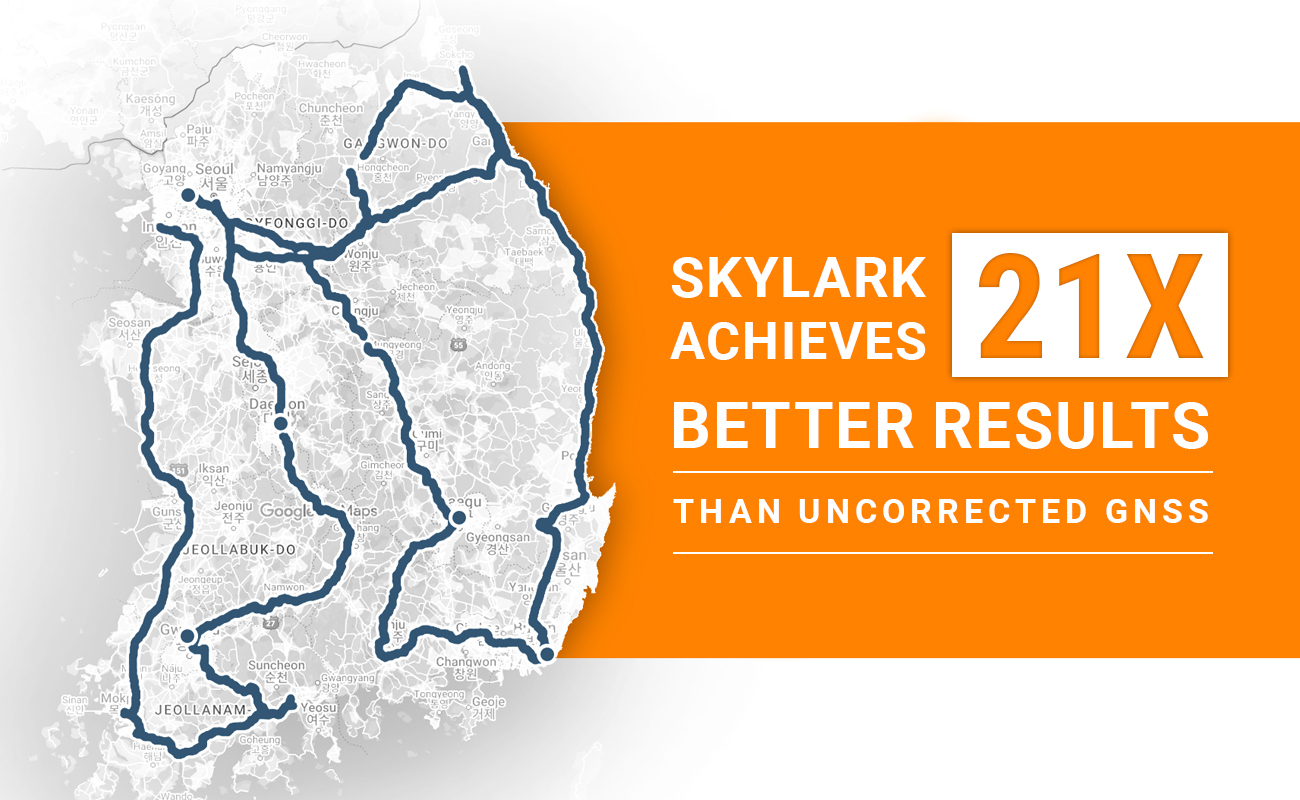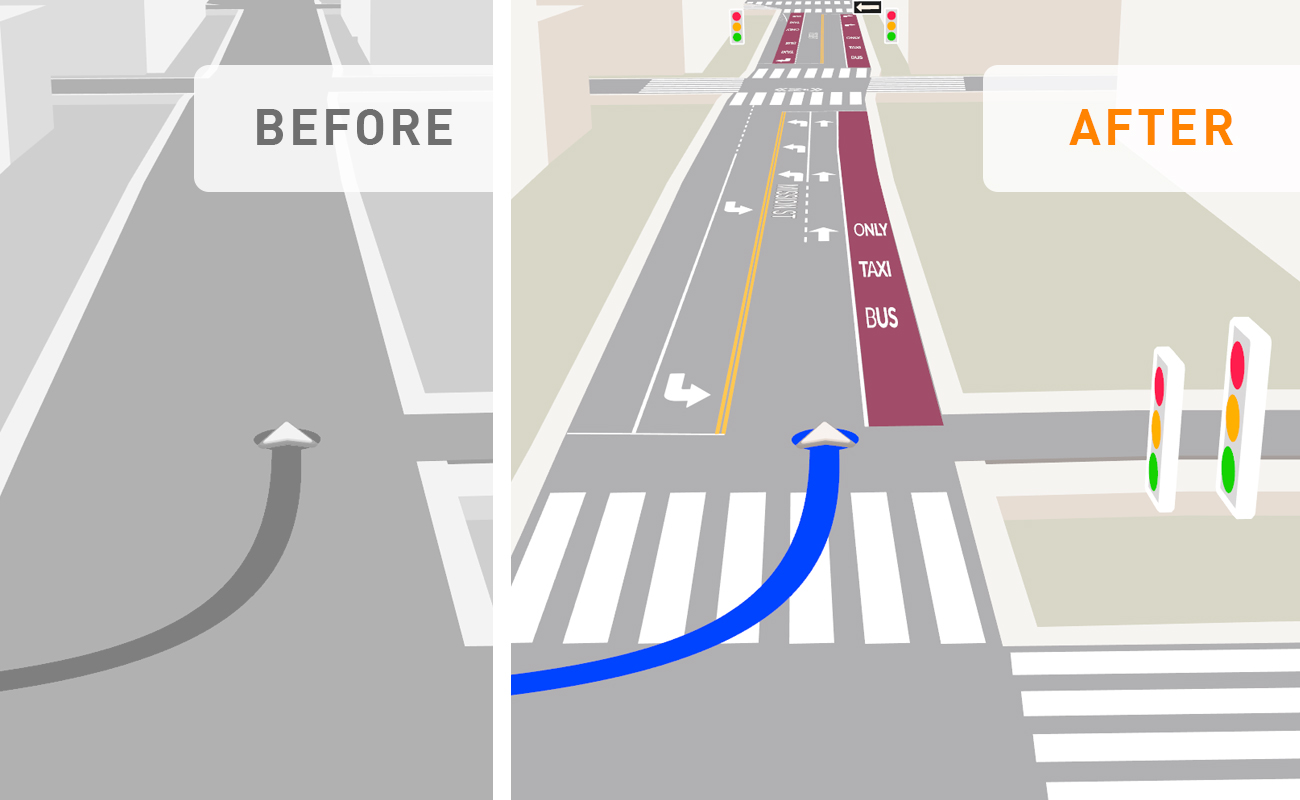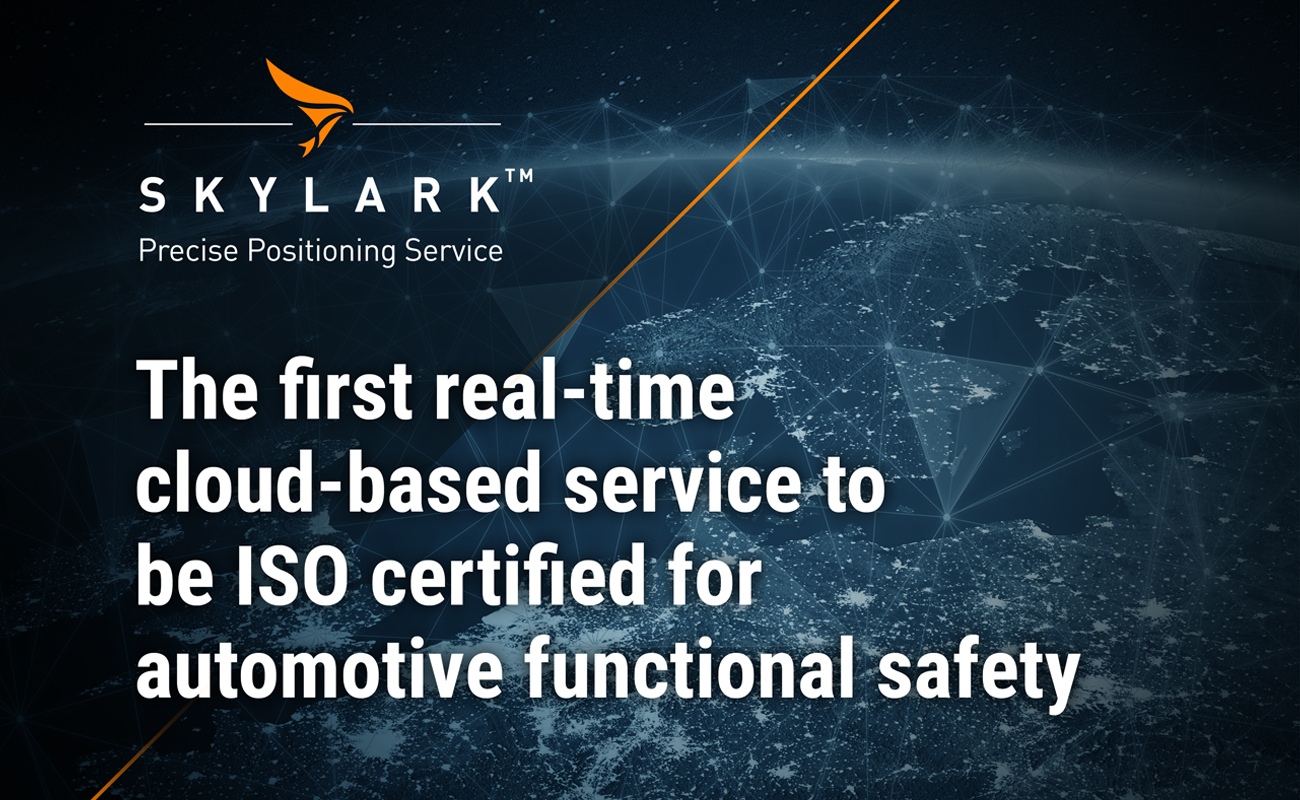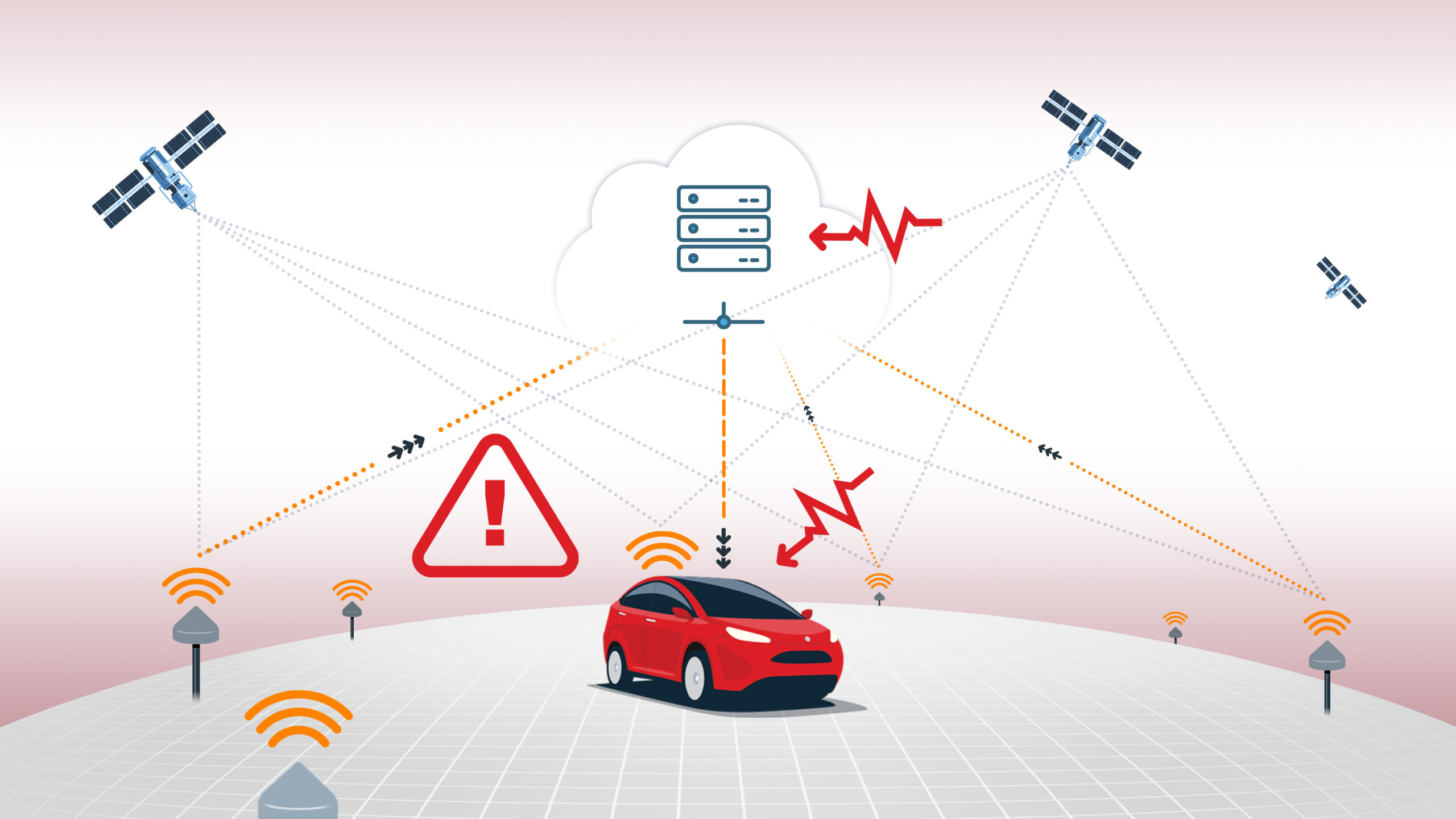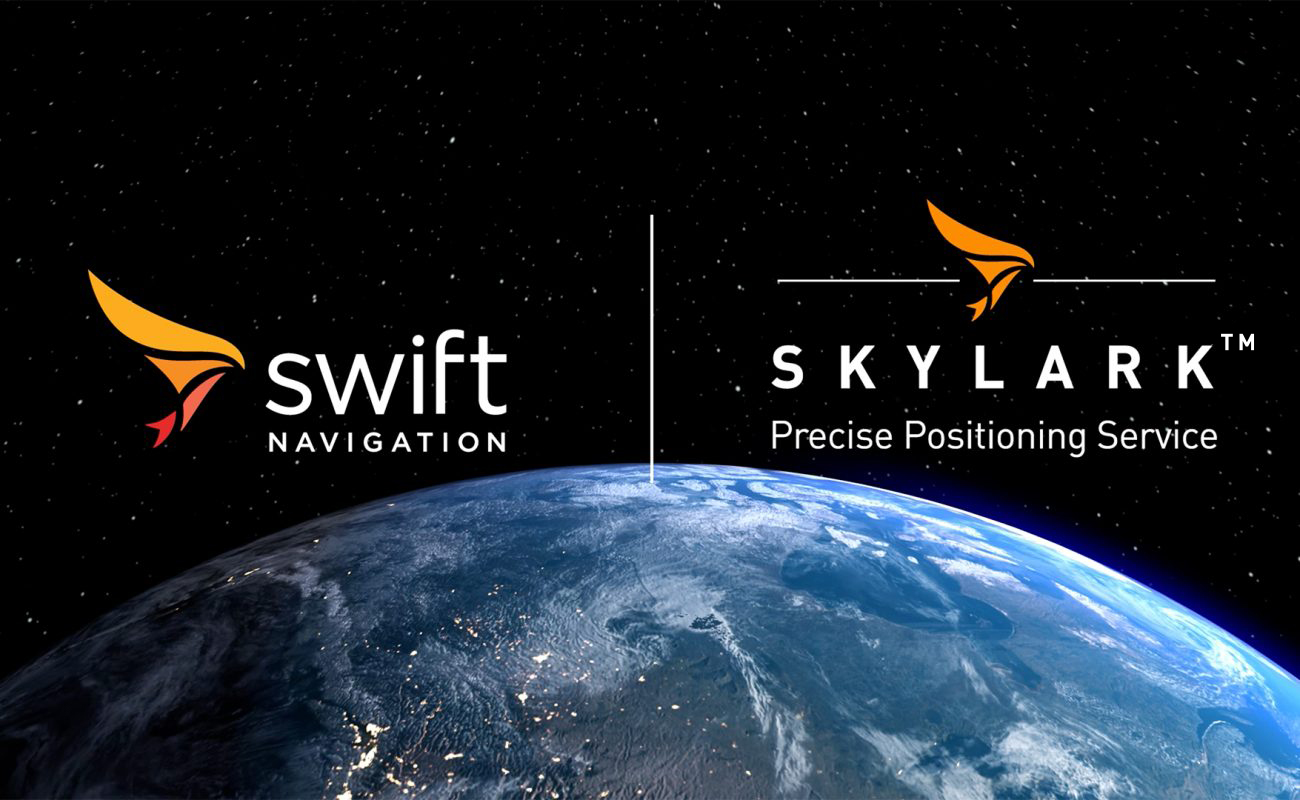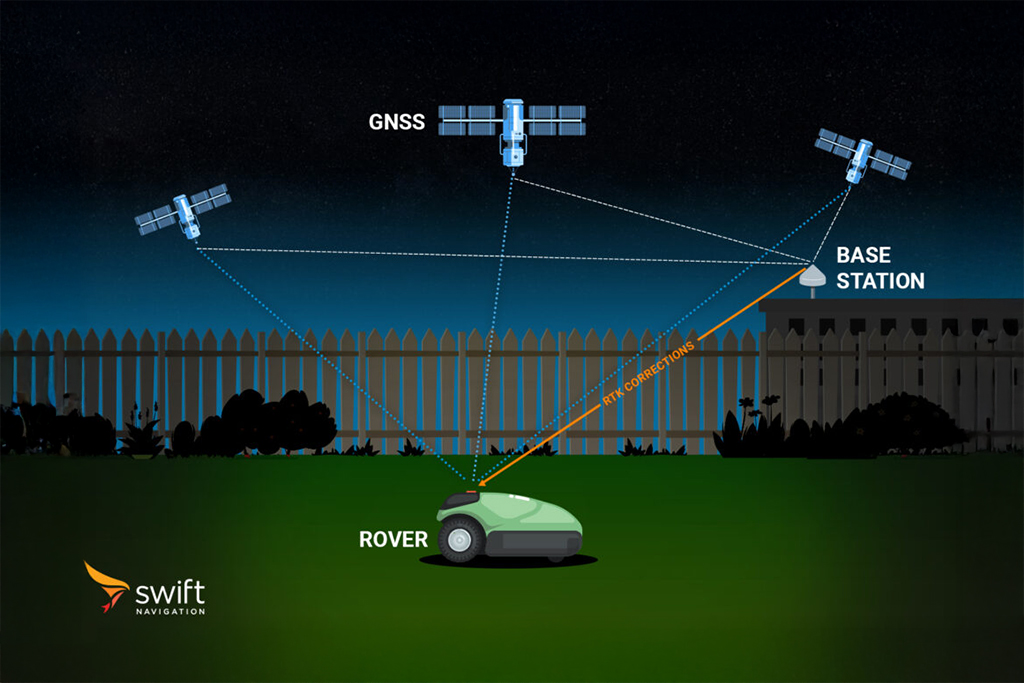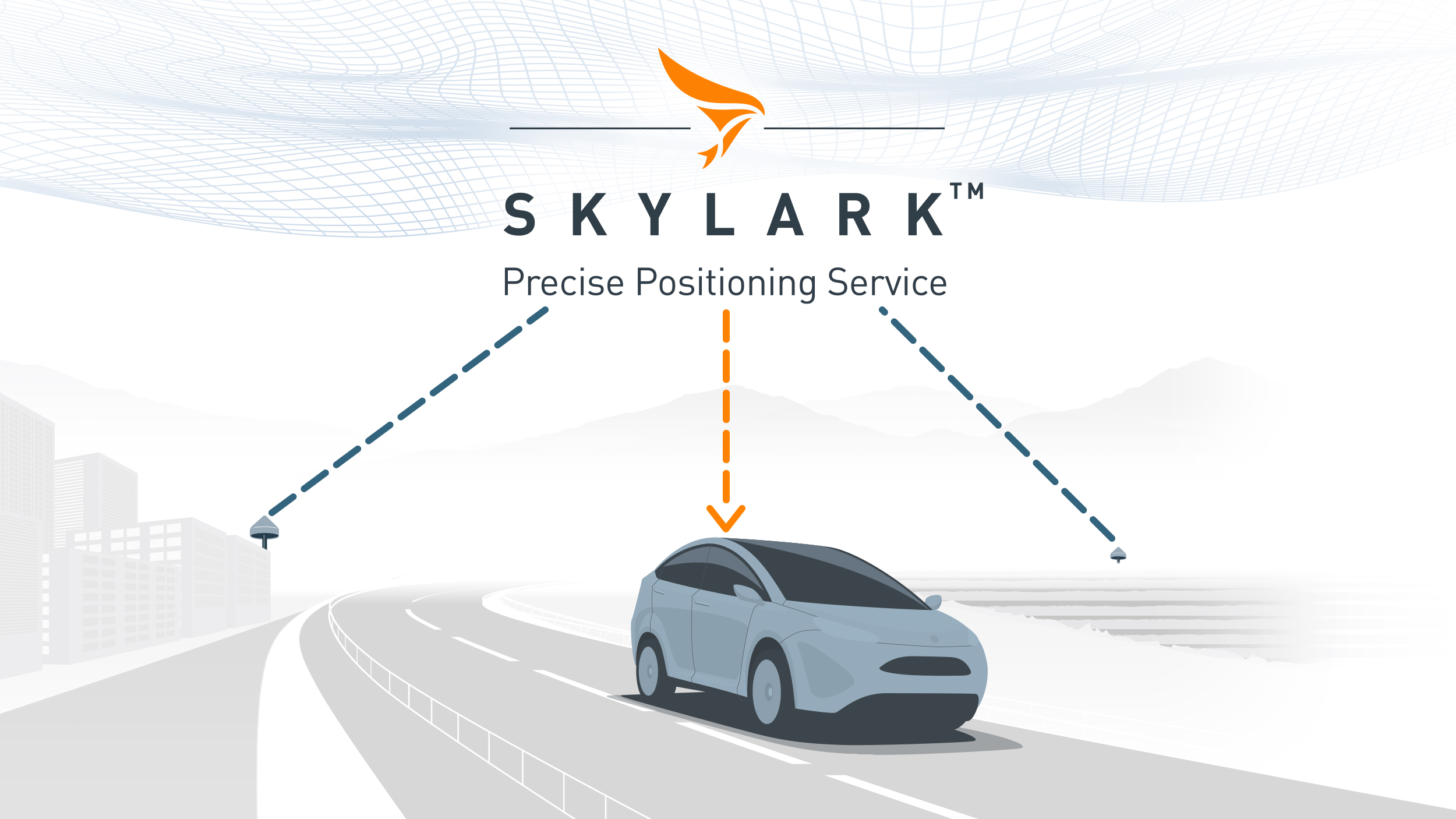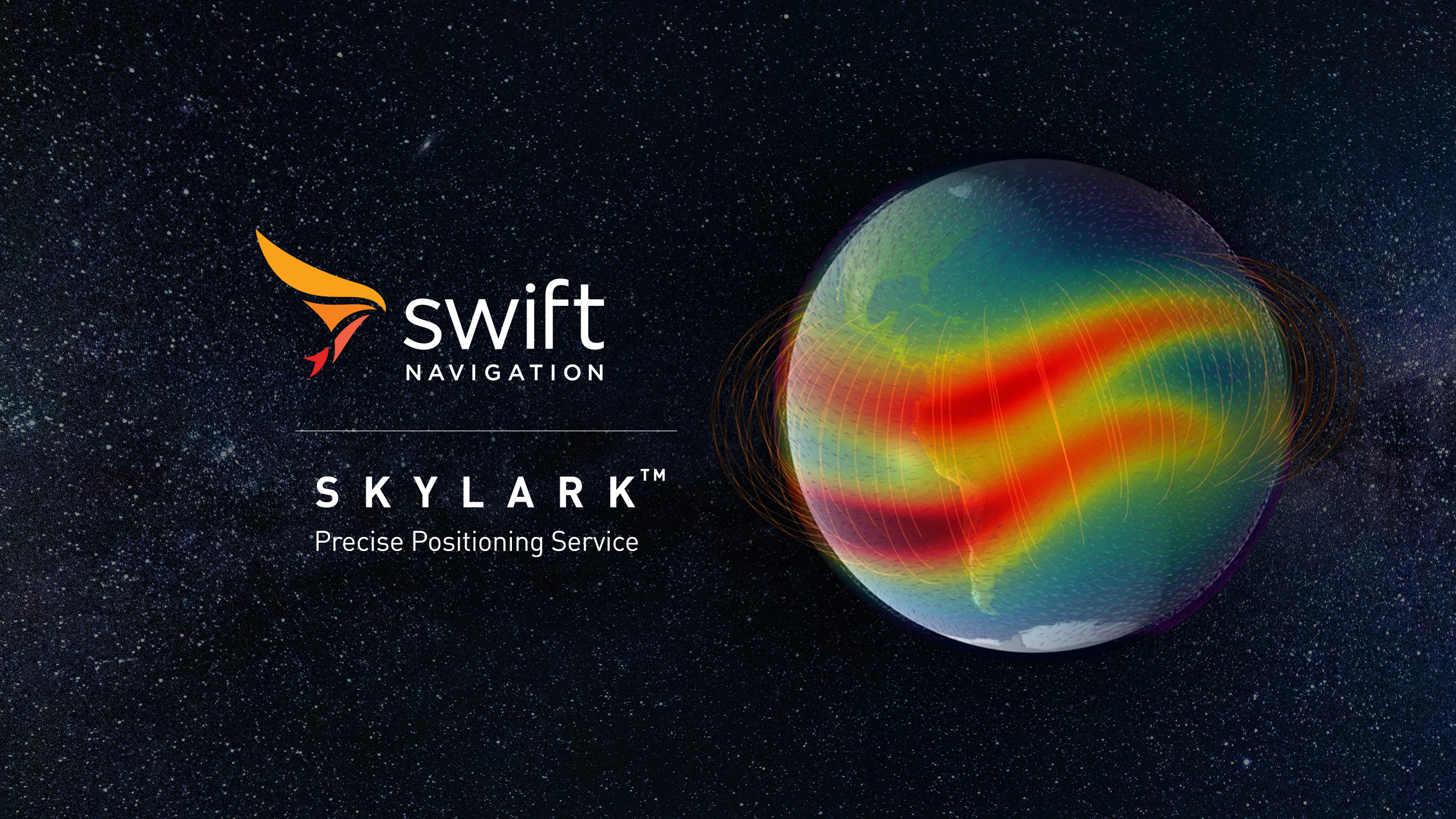What is Integrity?
Integrity in the context of positioning and navigation systems refers to the level of trust that can be placed in the correctness of the information supplied by the system. It is a measure of the system’s ability to provide timely warnings when its information should not be used for safety-critical functions. Integrity is especially important in applications such as autonomous vehicles, aviation, and rail, where undetected errors in position or velocity could lead to hazardous situations.
Integrity is typically quantified using two main concepts:
- Protection Level (PL): A statistical bound on the possible position error; it defines a region around the reported position within which the true position is guaranteed to lie with very high probability.
- Integrity Risk (IR): The chance that the actual error is worse than the PL, without being detected.
If the calculated PL exceeds a predefined Alert Limit (AL), the maximum allowable error for safe operation, an alert is triggered to indicate that the system’s output should not be trusted.
Integrity monitoring involves continuously assessing sensor data quality, detecting anomalies or faults, and ensuring that the system’s error bounds remain within acceptable limits. This process may include signal quality monitoring, consistency checks between redundant sensors (e.g., dual IMUs), and real-time computation of protection levels. High-integrity systems are designed to minimize both missed detections (failing to alert when an error occurs) and false alarms (alerting unnecessarily), balancing safety and availability.
Related Content
Automotive

Devon Sharp

Marwan Ramadan

Joel Gibson

Marwan Ramadan

Anthony Cole

Anthony Cole

Marwan Ramadan

James Tidd
GNSS Basics

Marwan Ramadan

Marwan Ramadan

Devon Sharp

Devon Sharp

Marwan Ramadan

Devon Sharp

Marwan Ramadan




